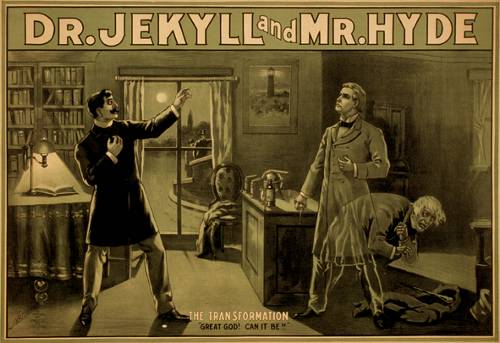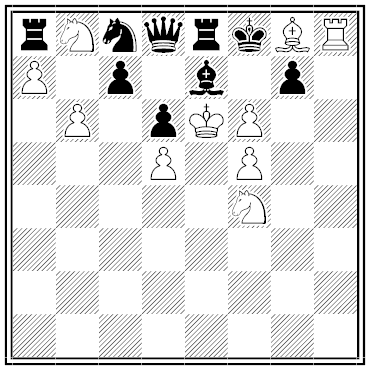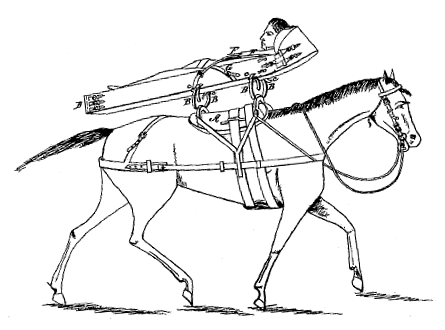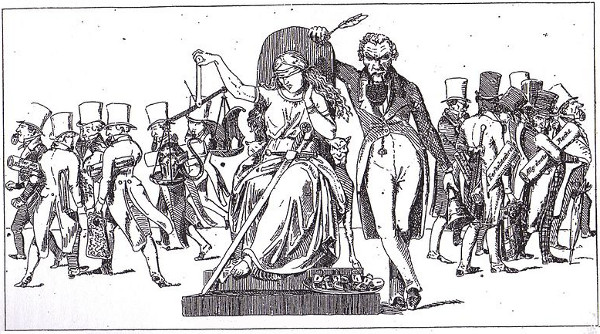A prisoner has a limited supply of paper and wants to conserve space by avoiding any letter that extends above or below the line (b, d, f, g, h, j, k, l, p, q, t, or y). How far can he get?
Pretty far, it turns out. Writer Ian Monk came up with this:
a russian con’s economic missive
we were once seven con men, we are now seven cons. as communism was over we saw easier success in american consumerism, i.e. crime. in a moscow inn, we swore: — seven is one, so one is seven … soon we came across a scam. our main man wove us a nice wee earner: — we own a zinc mine. since our russian economic crisis came in, our income’s never risen. we can cram ice in our mine’s veins, raise rumours re our ice mine’s immense resources, con morons we are mere zeros. as soon as career men see our ice, we win ’em over. once we’ve won ’em over, we receive numerous ecus or euros. as soon as we’ve our monies, we serve ’em arsenic in wine. we can even recommence on numerous occasions. … our scam was a success. our asses never saw sense. we were euros in. we saw our main man serve our vicious wine mix … a near miss .. our arsenic was mere mouse venom. some asses were survivors: — summon a coroner, someone swore. — or a nurse. — or some rozzers. so we ran. we swam across a river. as soon as no one was near us, we wove our monies in wee canvas cases we wore in our arses. we ran on. in vain … someone saw us on vanavara’s main avenue. a commissioner, nine rozzers, seven airmen, six cia men overcame us. we were sworn in. we are now in moscow in irons in room nine. as soon as someone receives or sos, come … run … save us … since no one’s ever come across our economies, our ransoms are even now in our arses.







